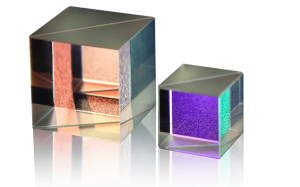Содержание
Advantages of optical fiber:
Fiber optics communication technology has totally transformed the telecommunication industry. With many years of consistent reliability, fiber optics has become the dominant choice for Ethernet backbone infrastructure, high-speed Internet services, and general data networking.
In today’s world, the use of fiber optic technology in small to midsize business networks has increased a lot. Many optics company uses cube beamsplitters to manufacture different types of polarizers. Demand for IP-based equipment such as VoIP phones, IP cameras, and video conferencing units requires increased bandwidth to support IP communications. Because of the massive throughput capabilities of the optical fiber, it can support bandwidth-intensive devices without causing any kind of issues.

However, fiber optics come with a cost. Installation is still more expensive than installing traditional copper cable and many businesses still do not see the need for fiber in their networks. Below mentioned are the four benefits of optical fiber:
1. Electromagnetic Compatibility
: Fiber optic cables are resistant to many of the outside forces that degrade or damage the copper cabling. In areas such as industrial facilities where large motors, controllers, and air conditioners are constantly starting and stopping, fiber optic cabling is highly recommended. Electrometric interference from equipment and radio-frequency interference (EM/RFI) can increase data loss on packet streams as they cross the network.
2. Distance
: Fiber cable is the ideal means for long-distance, point-to-point hardline communication. The 328-foot limit on conventional copper cabling restricts long-distance communications that require additional equipment to extend the signal. Towards the maximum reach of copper cables, attenuation will begin, causing a slight decrease in speed over gigabit transmissions. Fiber cables are much better and less expensive for long-distance connectivity and have the potential to achieve speeds of over 10 gigabytes in lengths over 40 km.
3. Secure Communication
: Fiber optic cabling is considered one of the most secure means of communication. The construction of cabling makes the interception of transmission signalling extremely difficult. Any attempt to penetrate the glass cable will cause a «light leak» which in turn will cause a noticeable drop in communication.
4. Speed
: Fiber-optic cabling is several times faster than traditional copper cabling. Smaller diameter glass fibers can support bandwidth speeds in excess of 10-gigabit speeds per strand. While copper cabling can support these speeds, it will take 6 cables of larger diameters together to reach the speed of a single fiber strand.













